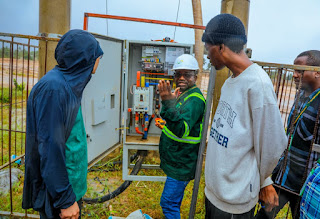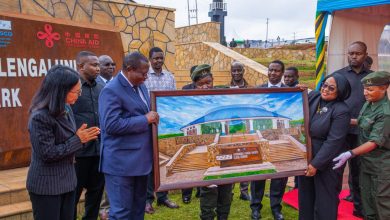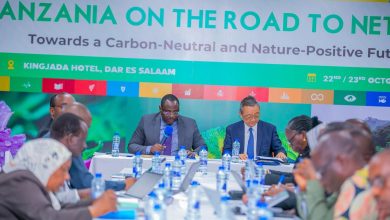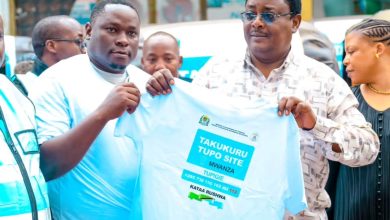Why communities move to defend Lake Natron conservation
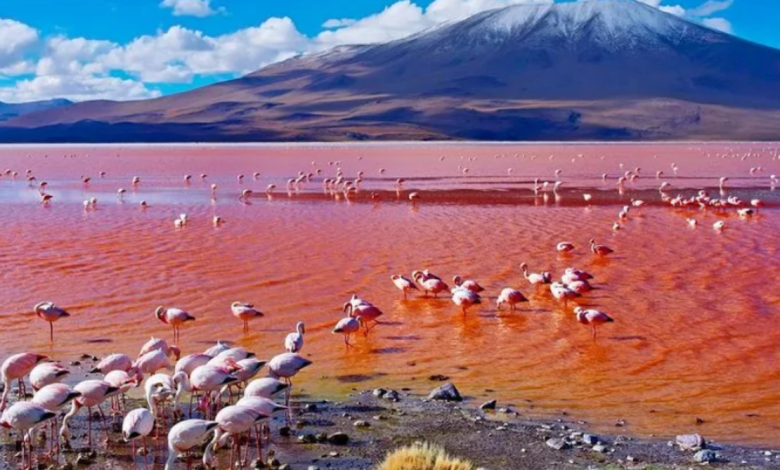
ARUSHA: LAKE Natron, a globally recognised Ramsar Site, has been home to local communities, including the Maasai people, for generations.
They raise their cattle there and their traditional ways of life are deeply connected to the land.
The site also serves as an important global breeding ground for the near-threatened Lesser Flamingo. However, a significant concern has emerged regarding plans by people to extract soda ash.
Communities unite against soda ash mining in Lake Natron
In May, June and July 2025, local communities around Lake Natron met to discuss the proposed soda ash mining project. These meetings were convened by village government officials from Wosiwosi, Alaililai, Ilchangit Sapukin, Engaresero, Magadini, Pinyinyi, Loondolwo, Gelai Lumbwa and Gelai Merugoi, to which they invited Nature Tanzania.
After considering all the benefits the lake already provides, from important grazing land for their cattle to thriving ecotourism, they strongly opposed the soda ash mining plan. They supported the current government’s efforts in tourism development over any damaging mining project.
Furthermore, they called upon the Government of Tanzania to protect the site by stopping the proposed soda ash mining, based on its potential negative and irreversible impacts on the environment, tourism revenues, grazing land and their cultural heritage.
The spiritual and practical connection the Maasai have to the lake was powerfully articulated by Timo Neru, a laigwanaan from Alaililai village, who stated, “This lake isn’t just water; it’s like our mother, it gives us everything, from grazing land to clean air and our heritage.”
Threats to a unique and vital ecosystem
The communities are deeply concerned about the significant, long-term damage to the lake’s delicate ecosystem.
This includes the breeding grounds for 75 per cent of the world’s Lesser Flamingos! Lake Natron’s Ramsar designation highlights its international importance for biodiversity and sustainable wetland use, making industrial exploitation a direct challenge to international conservation efforts.
Furthermore, the proposed soda ash mining project would directly undermine Tanzania’s obligations to conserve biodiversity, especially for a “near-threatened” species like the Lesser Flamingo.
The Maasai community in Lake Natron worries about more than just the flamingos. Their lives are tightly linked to the lake’s delicate balance. As Ibrahim Sakay, a respected community elder, noted.
For the Maasai communities, raising cattle isn’t just how they make a living; it’s who they are, how they get food and how they show their wealth. Soda ash mining project would require a significant amount of freshwater and extensive areas of land for roads, buildings and waste disposal, which would mess up everything.
Freshwater scarcity, contamination, regional concerns.
A major concern for the communities in Lake Natron is access to freshwater. Soda ash processing needs a substantial amount of freshwater, which is already scarce in the Lake Natron area.
Taking this freshwater from the lake’s wetlands, which are fed by springs and seasonal rivers, would lead to severe water shortages and conflicts for local communities and wildlife.
It would also significantly alter the lake’s hydrology and ecology, impacting the delicate balance of the ecosystem that many species depend on.
Furthermore, communities highlighted the ongoing soda ash mining at Lake Magadi in Kenya as a clear warning, illustrating its negative impact on the communities, environment, freshwater resources and grazing lands.
Beyond freshwater, communities raised serious concerns over contamination. The chemicals used in soda ash extraction and the waste products generated can pollute both surface water and groundwater. This poses a direct threat to the health of people and livestock who rely on these sources for drinking.
It is also important to note that Lake Natron is part of a larger East African Rift Valley ecosystem. The potential impacts of mining could extend to Kenya, affecting shared natural resources and potentially leading to regional disputes, undermining the spirit of the East African Community Transboundary Ecosystem Bill 2010.
Protecting tourism, livelihoods and national revenue
Lake Natron’s unique landscape and massive flamingo flocks attract tourists, significantly boosting the local economy with lodges, tours and related businesses.
“Many companies have invested in Engaresero and Magadini villages. Environmental damage from a soda ash plant could harm tourism and livelihoods, resulting in losses for companies and reduced revenue for the Tanzanian government,” stated Daniel Sironga, the Chairperson of Engaresero Eramatare Community Development Initiative (EECDI), a community organisation at Engaresero village that coordinates tourism activities on behalf of local communities.
Studies have demonstrated that soda ash mining is not economically viable in the long term due to environmental costs and lost tourism opportunities.
“If the flamingos are gone, if the lake is dirty, who will visit?” asked Mr Mathias Nguruma, a local tour guide, looking sad.
“They say they’re bringing development, but they’re destroying what already gives us a good living and lets us own our resources.”
Pumping water from Lake Natron in Wosiwosi will affect the entire ecosystem and negatively impact ecotourism, which provides a source of income to support a family of two daughters and one son, he added.
During the meetings, Ngiding’a Lemailogi, the village chairperson from Wosiwosi village, highlighted that, although direct ecotourism activities aren’t currently taking place at Wosiwosi, their Longido district is generating significant tourism revenue at the Engaresero gate.
This tourism revenue plays a key role in their economic development, enabling the government to construct a dispensary, provide electricity and educate their children. This demonstrates that Wosiwosi village is already benefiting from ecotourism activities indirectly and there is substantial potential to attract further investment from the tourism sector in their village.
Mr Luka Lekide, Coordinator of Engaresero Eramatare Community Development Initiative (EECDI), noted: “Our government (district councils of Ngorongoro, Monduli and Longido), as well as the Tanzania Wildlife Management Authority (TAWA), already collect significant revenues from tourism activities going on there.
ALSO READ: TZ’s great strides in natural resources development
There’s also potential for increased tourism in other areas of the lake, not to mention tourist hunting activities around the Lake Natron Game Controlled Area, making the site an important source of revenue for our government and, therefore, contributing to the economic development of our country.
He urged the government to listen to the community’s concerns and protect the site from the proposed damaging development.


